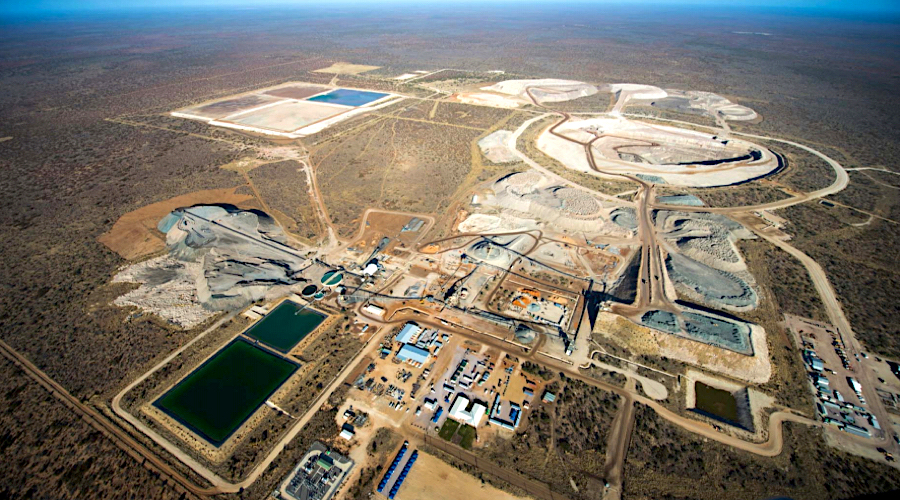Canada’s Lucara Diamond (TSX: LUC) has adjusted the cost and timeline of the underground expansion of its Karowe mine in Botswana, one of the world’s most prolific sources of large, high value type IIA diamonds.
The company now expects to achieve 75% of slated full production by late 2029, which is 1.3 years later than planned.
Lucara said the delay was due mainly to covid-19 related delays to start shaft pre-sinking, and additional planned time for development.
Total capex for the expansion, including contingency, has increased by 4% to $534 million from $514 million, which the company attributed to the need to enlarge the production shaft’s diameter and additional mine development.
The company noted it was making headway towards a 2026 start to underground production, adding that there may not be “material variances” between the 2019 feasibility study and the current execution plan.
Lucara secured in July $220 million in credit-approved commitments for senior debt facilities for the project. Three days later, it closed a C$41.4 million (about $33.1m) equity financing, leaving $314 million (now $334m) the company said would fund on its own.
The Vancouver-based diamond miner said it spent $51.4 million on project execution activities through 2020 until the end June and it plans to invest other $120 million this year.

“Using conservative diamond price assumptions, the project delivers strong economics projected to pay back capital in under three years and add approximately $4 billion in additional revenues from an extended mine life to at least 2040,” chief executive Eira Thomas said in a statement on Wednesday.
The Karowe mine, which produces an average of 300,000 high-value carats each year, began commercial operations in 2012 and has already become the only diamond operation in recorded history to have yielded two 1,000+ carat stones — the 1,758 carat Sewelô in 2019 and the 1,109 carat Lesedi La Rona in 2015, which sold for $53 million.
Beyond Sewelô, the only larger diamond ever unearthed is the 3,106-carat Cullinan Diamond, discovered in South Africa in 1905. The Cullinan was later cut into smaller stones, some of which now form part of British royal family’s crown jewels.
Improved market
Lucara reported late Tuesday results for the second quarter, which show the company is in far better shape than in the same period last year, as demand for polished stones drove up rough prices.
The company reported net income of $6 million for the three months ended on June 30, compared to a loss of $13.9 million last year and up from $3.4 million in the previous quarter.
Revenue from Karowe soared to $46.3 million from $7.5 million a year ago and while sales volume remained flat at 68,961 carats, the average price jumped to $671 per carat, versus $109 in the same period of 2020.
Sales via its Clara platform, which matches buyers with the specific diamonds they need, were up 38% quarter-on-quarter, with transaction values of $8.3 million over six sales.
Lucara also said it expects revenue of $180 million to $210 million for the full year from the sale of between 350,000 and 390,000 carats.
Output from Karowe will be between 340,000 and 370,000 carats for the year, Lucara added.





